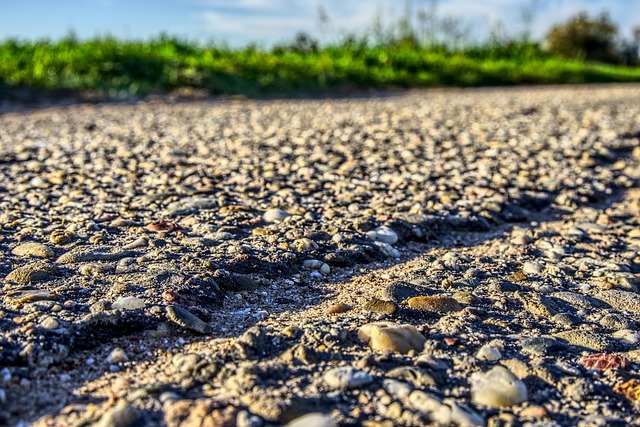Revolutionizing Extreme Weather Responses through Environmental Innovation
The world is witnessing unprecedented shifts in weather patterns that stem primarily from climate change. These extreme weather events—ranging from devastating hurricanes to prolonged droughts—pose serious threats to communities globally. As we grapple with these formidable challenges, it’s clear that innovation in environmental responses is not just desirable; it’s essential.
Climate change is not merely an occasional news headline; it’s a reality that many are living daily. The wildfires that engulf vast areas, the floods that displace families, and the heatwaves that strain our infrastructure seep into our consciousness and demand action. How can we pivot to effective measures? The answer lies in innovation.
From smart technology to sustainable practices, innovation plays a pivotal role in enhancing our responses to extreme weather. For instance, advanced forecasting systems now utilize artificial intelligence to predict weather patterns with unprecedented accuracy. These systems enable communities to prepare ahead of time, minimizing disruption and saving lives. Imagine being able to foresee a flood and take proactive measures to protect homes and businesses. This is the power of innovation at work!
Moreover, green infrastructure is transforming urban landscapes to be more resilient against climate variabilities. Cities are increasingly embracing innovative solutions like permeable pavements and green roofs. These not only help mitigate flooding by absorbing rainwater but also reduce urban heat islands, offering immediate respite during sweltering summers. In this way, the marriage of environmental consciousness and cutting-edge technology fosters adaptive resilience, creating urban ecosystems that withstand the onslaught of climate extremes.
Innovation isn’t limited to technology; it’s also a cultural shift. Communities are embracing sustainable practices, from community gardens that bolster food security to solar energy projects that reduce reliance on fossil fuels. These initiatives empower individuals and strengthen communal ties while combating the causes of climate change. People are not just passive victims of severe weather; they are at the forefront of driving change in how we respond to it.
The role of global organizations cannot be overstated, either. Collaborative innovation across borders can lead to the sharing of best practices, technologies, and resources that exemplify how countries can work together for the future of our planet. By pooling knowledge and fostering partnerships, we can develop more resilient infrastructures and create strategies tailored to specific climatic challenges. This collective effort amplifies the impact of innovation, transcending geographical boundaries towards a shared goal of sustainability.
In educational institutions, curricula are incorporating climate science to foster a new generation of environmental stewards. College programs focused on sustainable engineering, environmental management, and climate policy are designed to equip future leaders with the necessary tools to combat extreme weather impacts. By instilling a sense of responsibility and urgency in the youth, we are effectively nurturing a culture of innovation that actively seeks to mitigate climate discrepancies.
The importance of community engagement cannot be overlooked. Workshops, seminars, and grassroots movements are emerging as platforms for sharing knowledge and innovation at the local level. These gatherings help demystify complex issues surrounding extreme weather and climate change, making them more relatable. When communities come together to share ideas and drive initiatives, the ripple effect of innovation becomes palpable, fostering a shared commitment to resilience.
Ultimately, the fight against the repercussions of climate change hinges on our capacity to innovate. From improvising on traditional methods to embracing cutting-edge technologies, our response to extreme weather can shape the future of our environment. It’s about time we harness the power of innovation to create a more sustainable and resilient world, ensuring that we not only survive in the face of adversity but thrive.




